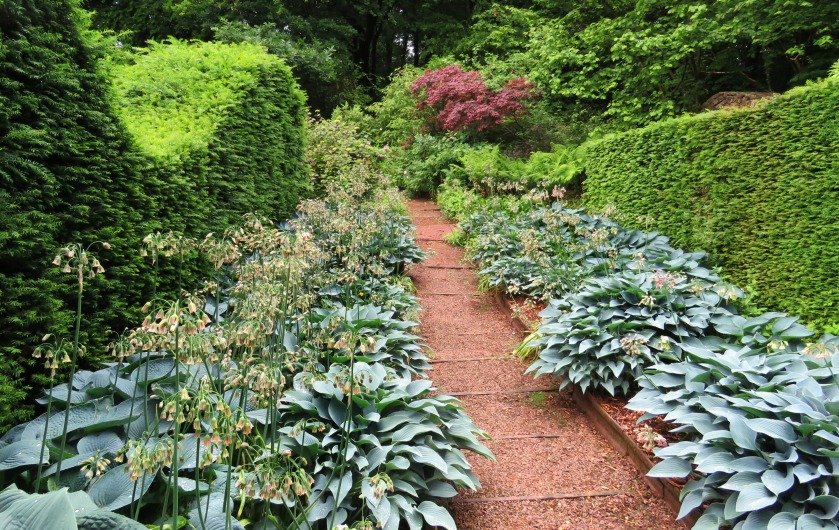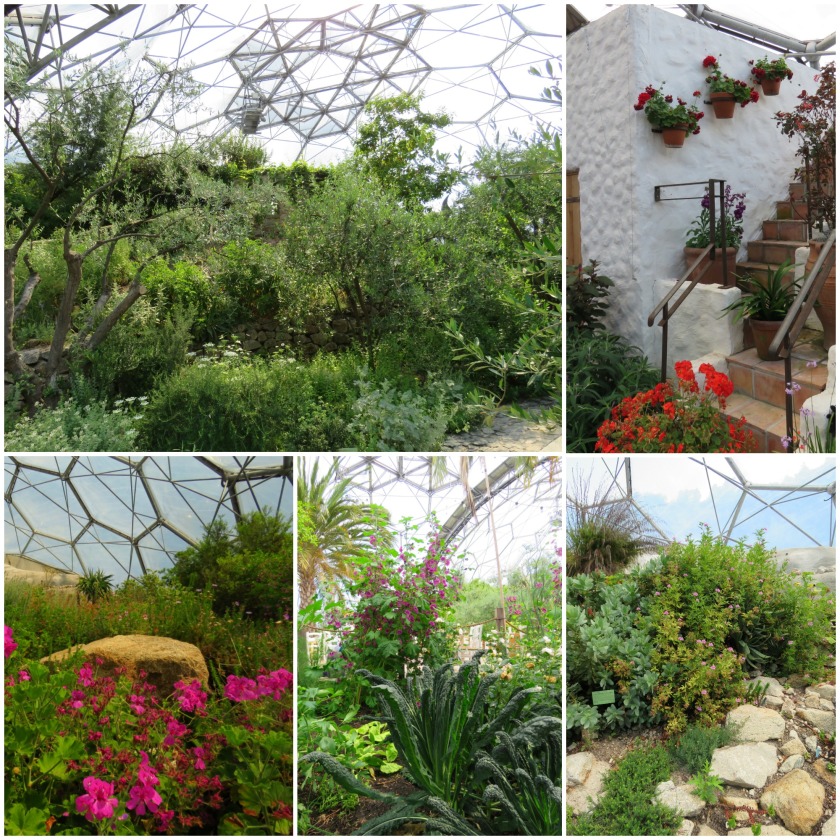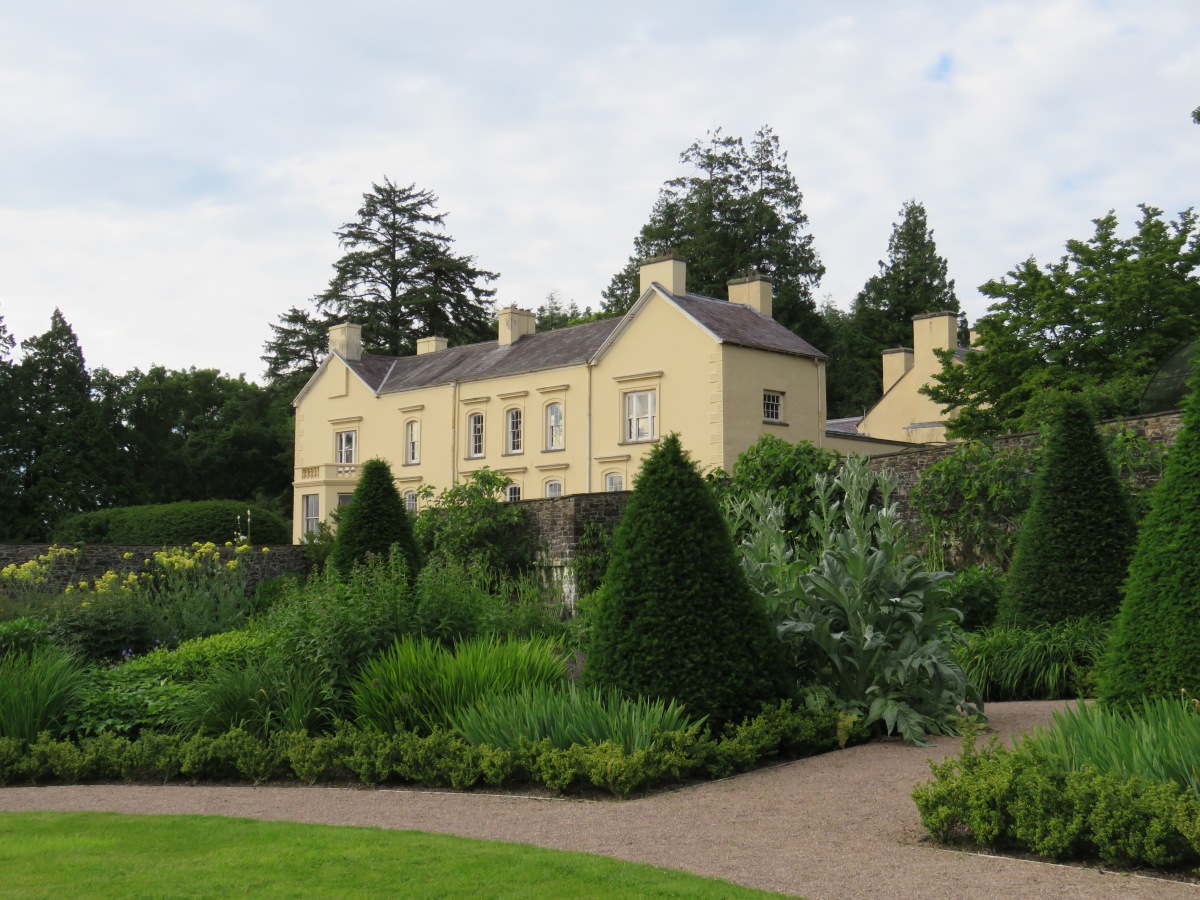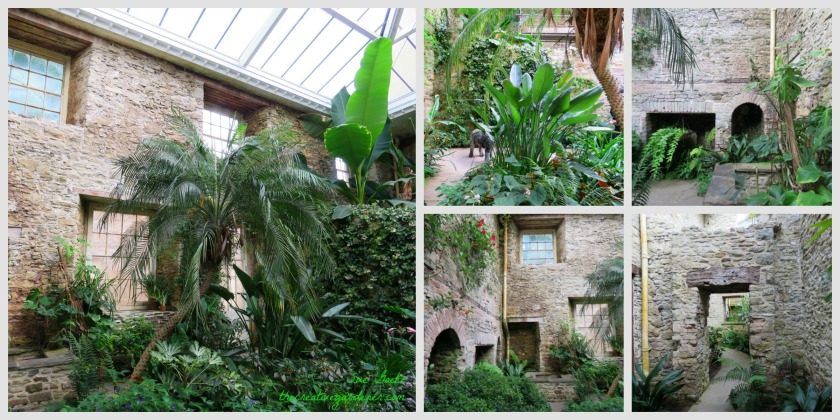Travelogue Wales: South of Abergavenny, just over an hour drive past Raglan Castle was a visit to a private garden. We walked down a small gravel lane off the main highway to a gate almost hidden under a tree. A hand-written sign led into the garden of Anne Wareham author of the book, The Bad-Tempered Gardener. Prior to our visit, I did wonder what a bad-tempered gardener’s place would look like (I had not heard of the book.) I don’t remember being bad-tempered in any garden, even when stuff dies, explodes (yep, a hose), overtakes (horsetail, ugh!), and just flat-out defeats me after a day spent in it.
Veddw House Garden

We were greeted near the small conservatory by Anne’s husband, Charles Hawes, a talented, well-known photographer. He mentioned she wasn’t home (I won’t spend too much space here telling who I later saw sneaking out the back door, while I was alone photographing one of the back gardens.)

Charles gave us a warm welcome and spoke about the garden before he let us explore on our own. His described it as “a garden with edges being rough and ready”, which is a good visual for the way the lush planting borders threaten to spill over and have the run of the place. I did like his description of simply letting the plants “have it out”. As I looked around, it made me think how I’d love to pursue that garden method.
“I have seen gardens gardened within an inch of their lives. I have seen gardens so “tidy” it makes your soul cringe. The kind of garden where the lawns are “edged” with a special tool, designed to keep the grass and the plants forever apart and weeded to death. Such gardens prickle with discomfort and control.” Anne Wareham, The Bad-Tempered Gardener
Yes, the plants were let to go wild, reseed, spread and fill every inch of soil, but the intricate maze of hedges somehow made it feel less rough. It was more like walking through rooms of an art gallery with works from an abstract artist. The hedges behaving like picture frames all around to bring it together.



After our visit to the garden, I had a lucky find-out of thousands of used books crammed on a shelf in a little book shop at Hay-On-Wye (a village famous for books. The streets are lined with dozens of used and antiquarian bookshops.)  Here area few snippets from the book:
Here area few snippets from the book:
What do you think? Bad tempered?
“Gardening is boring. It is repetitious, repetitive and mind-blowingly boring, just like housework. All of it-sowing seeds, mowing, cutting hedges, potting up, propagating is boring and all if it requires doing over and over again. If there are enjoyable jobs they’re mostly enjoyable for the result, not the process.” Anne Wareham, The Bad-Tempered Gardener
Or simply telling it like it is
“The very best trick is to try things and see. Experiment; take risks, particularly if they involve less work. This way innovation rises and innovation is badly needed in the gardening world. If a job seems exasperating, expensive or boring, stop and think whether there might be an easier way. Plants want to grow; they are on your side as long as you are reasonably sensible. If they don’t like what you offer, offer them something else quickly and see if it suits better.” Anne Wareham, The Bad-Tempered Gardener


Next Travelogue: Going Herbal at the Physic Garden














 The best part of the Eden Project beyond those amazing Biomes is the education and
The best part of the Eden Project beyond those amazing Biomes is the education and 















 Must start here…
Must start here…


